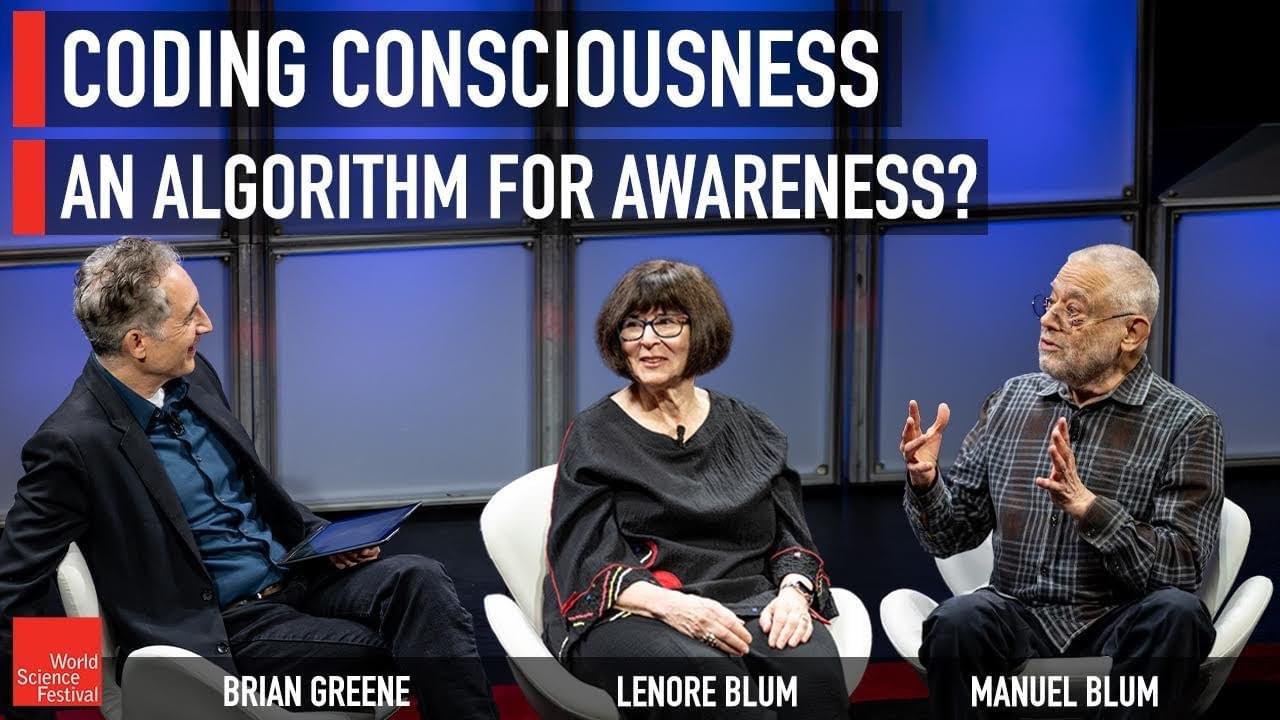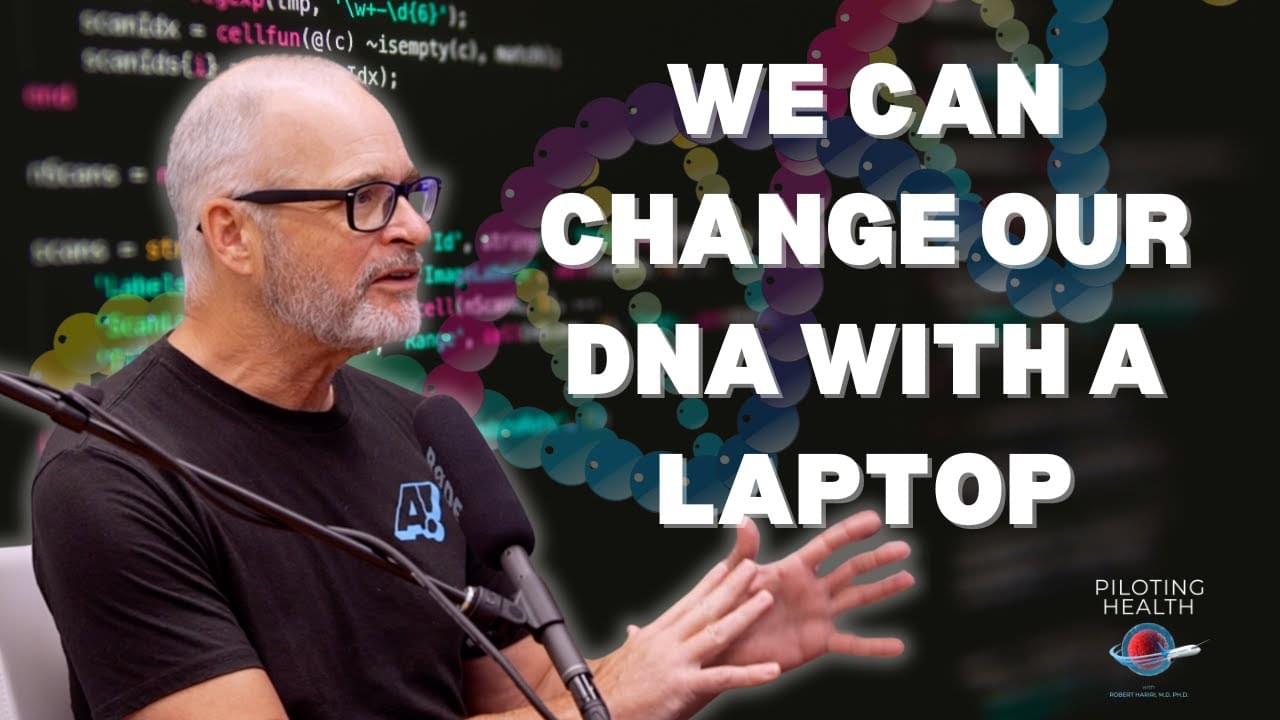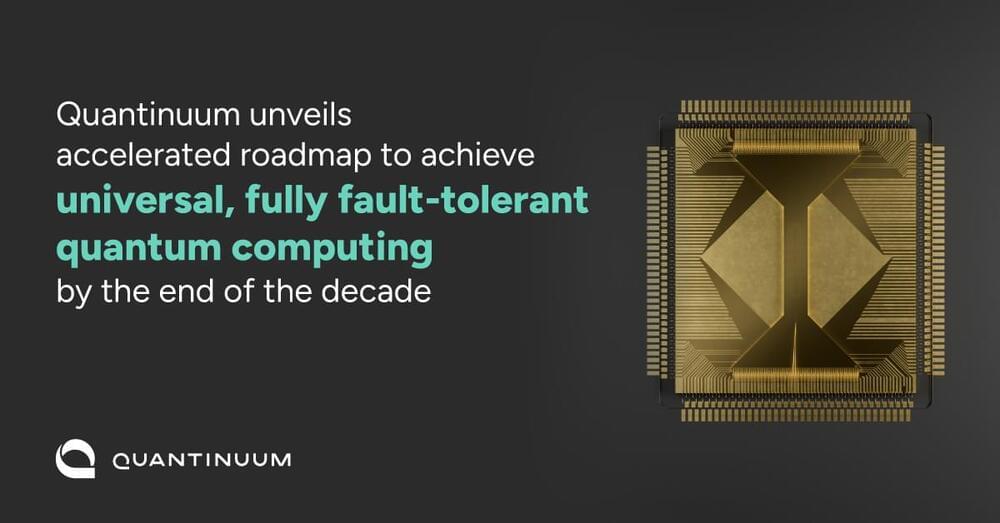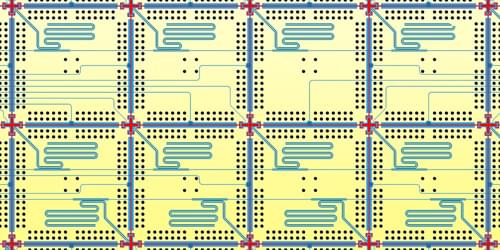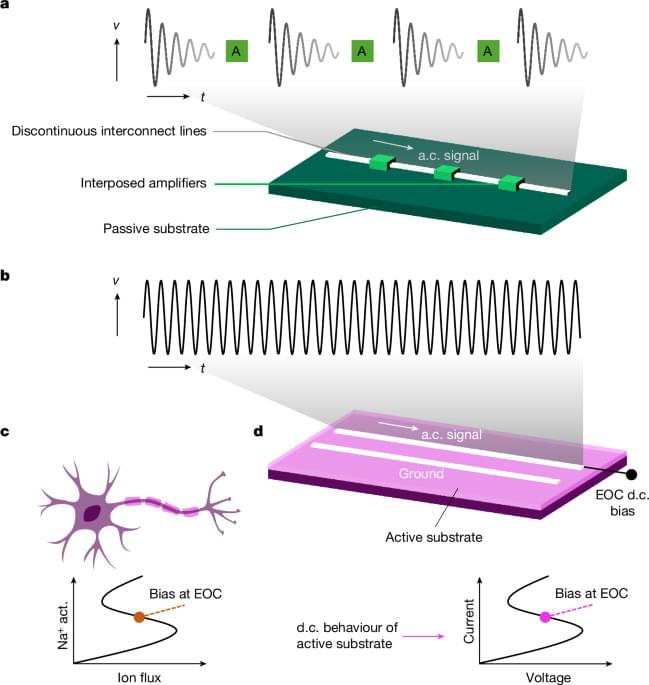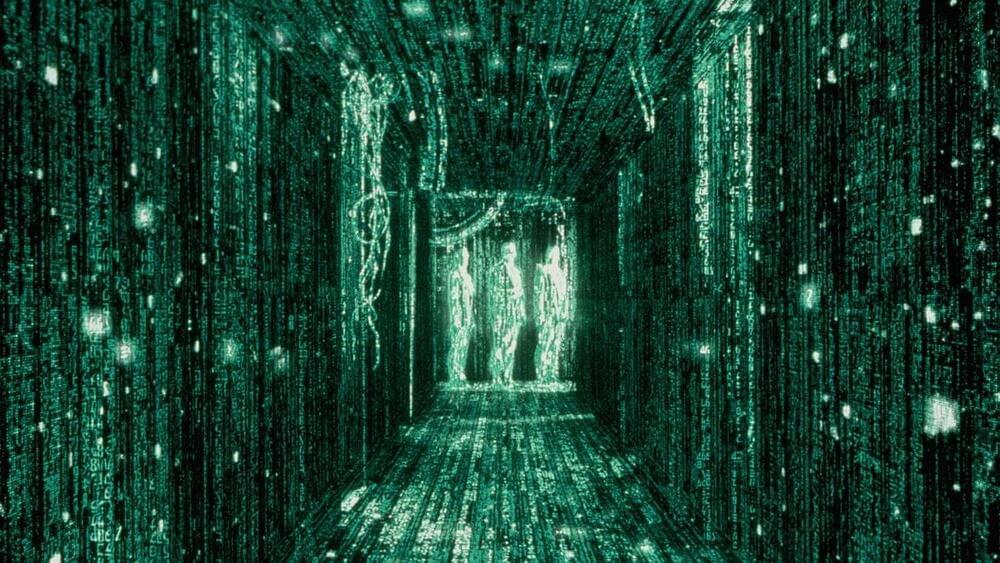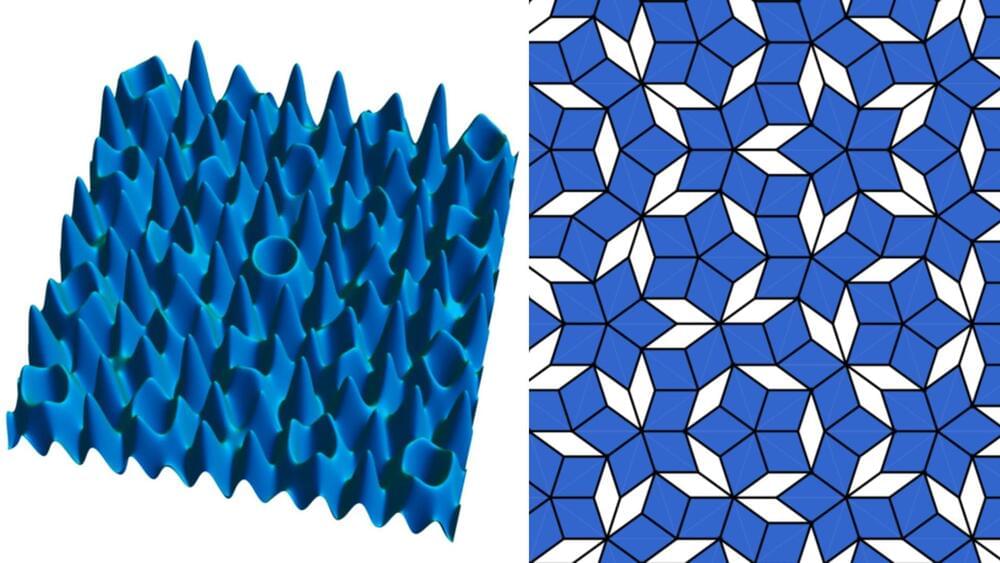Sep 13, 2024
Infineon announces semiconductor technology breakthrough
Posted by Genevieve Klien in categories: computing, innovation
Infineon announced that it has succeeded in developing the world’s first 300mm GaN wafer technology for power electronics. This allows for the improvement of efficiency performance, smaller size, lighter weight, and lower overall cost for the chips.
